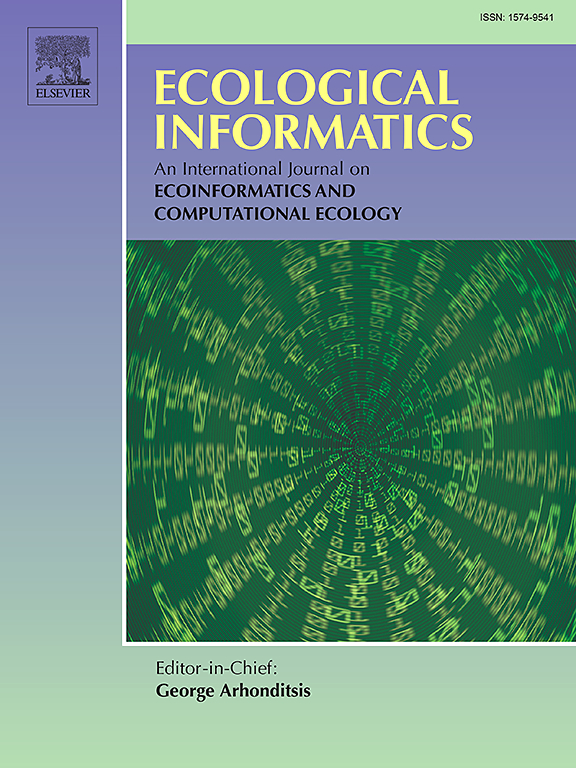Projecting population dynamics and range expansion of reintroduced wild boar in Scotland using agent-based modelling
IF 7.3
2区 环境科学与生态学
Q1 ECOLOGY
引用次数: 0
Abstract
The number of species reintroductions is increasing globally via both legal and illegal routes. These reintroductions can be controversial with uncertain social-ecological outcomes, particularly for unsanctioned illegal releases, which risks causing conflict between stakeholders. Despite this, current reintroduction science is focused on short-term population establishment, with little long-term modelling of reintroduced populations. In this study, we develop an agent-based model (ABM) to simulate the controversial reintroduction of wild boar in Scotland. The ABM uses probabilistic birth, death, and movement rules from the literature to stochastically simulate boar population dynamics from their initial release to 50 years in the future. Model evaluation demonstrated that the ABM behaves in predictable and explainable ways, whilst reproducing real boar behaviours and aligning with the spatial distribution of boar sightings in Scotland. Projecting the ABM 50 years into the future suggests that current boar populations are likely viable and will continue to grow and expand, with the model confirming the existence and long-term persistence of four boar populations. We conclude by commenting on the potential future uses of the ABM.
利用基于主体的模型预测苏格兰重新引入野猪的种群动态和范围扩展
在全球范围内,通过合法和非法途径重新引入物种的数量正在增加。这些重新引入可能会引起争议,产生不确定的社会生态结果,特别是未经批准的非法释放,这可能会导致利益相关者之间的冲突。尽管如此,目前的重新引入科学关注的是短期种群的建立,很少有对重新引入种群的长期建模。在这项研究中,我们开发了一个基于主体的模型(ABM)来模拟在苏格兰有争议的野猪的重新引入。ABM使用文献中的概率出生、死亡和运动规则来随机模拟野猪种群从最初释放到未来50年的动态。模型评估表明,ABM的行为以可预测和可解释的方式进行,同时再现了真实的野猪行为,并与苏格兰野猪目击的空间分布保持一致。预测未来50年的ABM表明,目前的野猪种群可能是可行的,并将继续增长和扩大,该模型证实了四个野猪种群的存在和长期持久性。最后,我们对反弹道导弹未来的潜在用途发表评论。
本文章由计算机程序翻译,如有差异,请以英文原文为准。
求助全文
约1分钟内获得全文
求助全文
来源期刊

Ecological Informatics
环境科学-生态学
CiteScore
8.30
自引率
11.80%
发文量
346
审稿时长
46 days
期刊介绍:
The journal Ecological Informatics is devoted to the publication of high quality, peer-reviewed articles on all aspects of computational ecology, data science and biogeography. The scope of the journal takes into account the data-intensive nature of ecology, the growing capacity of information technology to access, harness and leverage complex data as well as the critical need for informing sustainable management in view of global environmental and climate change.
The nature of the journal is interdisciplinary at the crossover between ecology and informatics. It focuses on novel concepts and techniques for image- and genome-based monitoring and interpretation, sensor- and multimedia-based data acquisition, internet-based data archiving and sharing, data assimilation, modelling and prediction of ecological data.
 求助内容:
求助内容: 应助结果提醒方式:
应助结果提醒方式:


